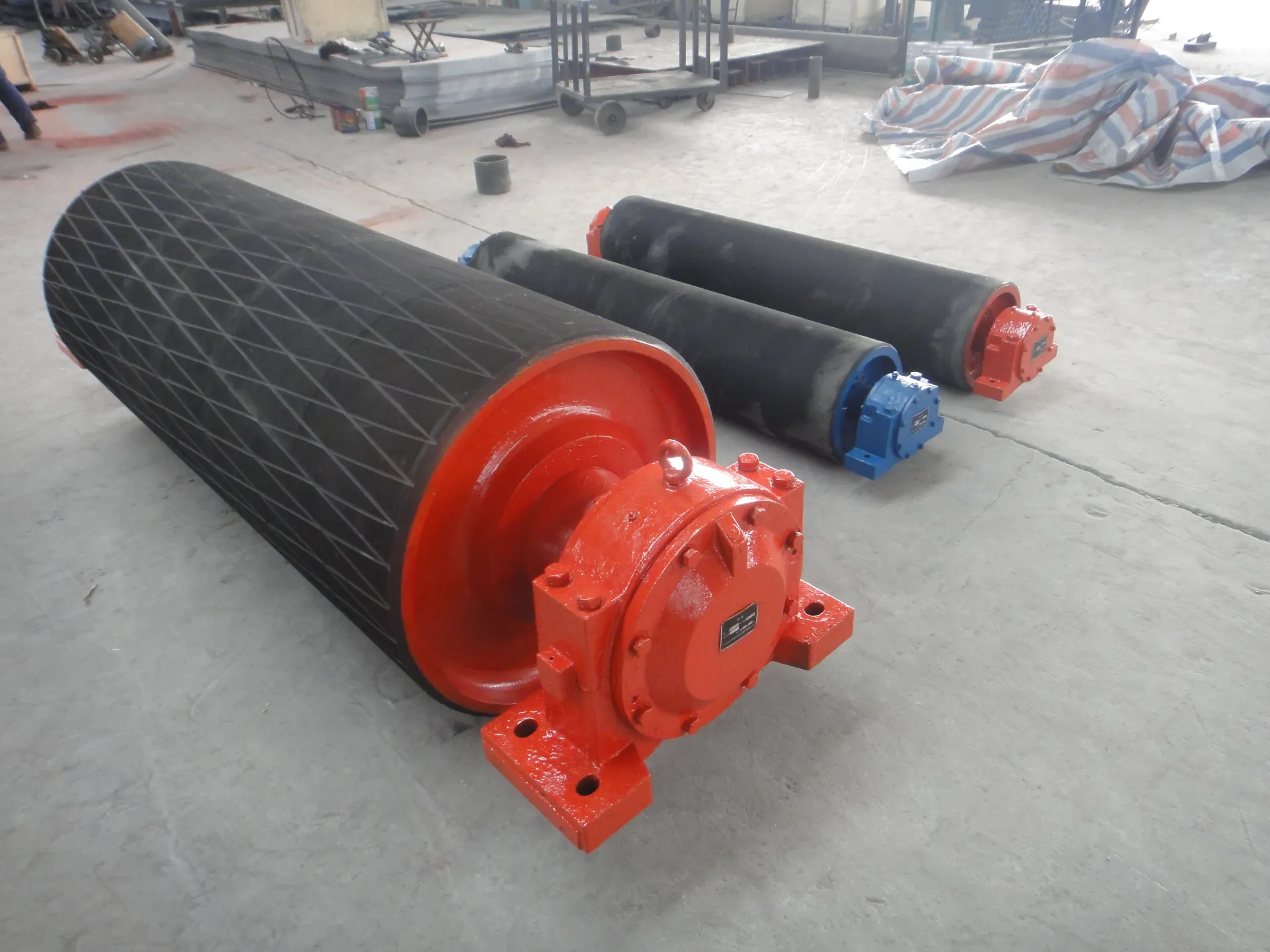 Afrikaans
Afrikaans  Albanian
Albanian  Amharic
Amharic  Arabic
Arabic  Armenian
Armenian  Azerbaijani
Azerbaijani  Basque
Basque  Belarusian
Belarusian  Bengali
Bengali  Bosnian
Bosnian  Bulgarian
Bulgarian  Catalan
Catalan  Cebuano
Cebuano  Corsican
Corsican  Croatian
Croatian  Czech
Czech  Danish
Danish  Dutch
Dutch  English
English  Esperanto
Esperanto  Estonian
Estonian  Finnish
Finnish  French
French  Frisian
Frisian  Galician
Galician  Georgian
Georgian  German
German  Greek
Greek  Gujarati
Gujarati  Haitian Creole
Haitian Creole  hausa
hausa  hawaiian
hawaiian  Hebrew
Hebrew  Hindi
Hindi  Miao
Miao  Hungarian
Hungarian  Icelandic
Icelandic  igbo
igbo  Indonesian
Indonesian  irish
irish  Italian
Italian  Japanese
Japanese  Javanese
Javanese  Kannada
Kannada  kazakh
kazakh  Khmer
Khmer  Rwandese
Rwandese  Korean
Korean  Kurdish
Kurdish  Kyrgyz
Kyrgyz  Lao
Lao  Latin
Latin  Latvian
Latvian  Lithuanian
Lithuanian  Luxembourgish
Luxembourgish  Macedonian
Macedonian  Malgashi
Malgashi  Malay
Malay  Malayalam
Malayalam  Maltese
Maltese  Maori
Maori  Marathi
Marathi  Mongolian
Mongolian  Myanmar
Myanmar  Nepali
Nepali  Norwegian
Norwegian  Norwegian
Norwegian  Occitan
Occitan  Pashto
Pashto  Persian
Persian  Polish
Polish  Portuguese
Portuguese  Punjabi
Punjabi  Romanian
Romanian  Russian
Russian  Samoan
Samoan  Scottish Gaelic
Scottish Gaelic  Serbian
Serbian  Sesotho
Sesotho  Shona
Shona  Sindhi
Sindhi  Sinhala
Sinhala  Slovak
Slovak  Slovenian
Slovenian  Somali
Somali  Spanish
Spanish  Sundanese
Sundanese  Swahili
Swahili  Swedish
Swedish  Tagalog
Tagalog  Tajik
Tajik  Tamil
Tamil  Tatar
Tatar  Telugu
Telugu  Thai
Thai  Turkish
Turkish  Turkmen
Turkmen  Ukrainian
Ukrainian  Urdu
Urdu  Uighur
Uighur  Uzbek
Uzbek  Vietnamese
Vietnamese  Welsh
Welsh  Bantu
Bantu  Yiddish
Yiddish  Yoruba
Yoruba  Zulu
Zulu Optimizing Performance with Effective Belt Guide Rollers in Material Handling Systems
Understanding Belt Guide Rollers An Essential Component for Smooth Operations
Belt guide rollers are crucial components in various industrial applications where conveyor systems are prevalent. These rollers play an essential role in ensuring the smooth operation of belt systems, enhancing efficiency, and prolonging the lifespan of conveyor belts. Understanding the functions, designs, and applications of belt guide rollers is vital for anyone involved in materials handling and logistics.
Functionality of Belt Guide Rollers
Belt guide rollers are designed to maintain the alignment and tension of conveyor belts as they move across the system. Their primary function is to prevent the belt from wandering off its designated path, which could lead to inefficiencies, increased wear and tear, and even potential damage to the equipment. By guiding the belt effectively, these rollers contribute to a stable and reliable operation, minimizing the risk of costly downtime.
In addition to alignment, belt guide rollers help in reducing friction between the belt and the supporting structure. This leads to smoother operations and reduces the energy required to move the belt, contributing to the overall energy efficiency of the system. With the right design and material selection, guide rollers can significantly enhance the performance of conveyance systems.
Design and Material Considerations
The design of belt guide rollers can vary depending on the specific application and the type of material being transported. Factors such as the width of the conveyor belt, the load it carries, and the environment in which it operates all play a role in determining the appropriate specifications for guide rollers.
belt guide rollers

Materials used in manufacturing belt guide rollers are also critical. Common materials include high-quality stainless steel, rubber, or polyurethane, each chosen for its durability, resistance to wear, and ability to withstand varying environmental conditions. The choice of material affects not only the lifespan of the rollers but also their performance under load and in specific operational scenarios.
Applications Across Industries
Belt guide rollers find applications in a wide range of industries, including mining, manufacturing, food processing, and logistics. In mining operations, for example, these rollers are essential for handling heavy bulk materials, ensuring that conveyor belts operate smoothly even under significant loads. In manufacturing, they contribute to the efficient movement of components along assembly lines.
In the food processing industry, hygiene and material safety are paramount; therefore, guide rollers made from food-grade materials are essential to prevent contamination. Meanwhile, logistics and distribution centers rely on belt guide rollers for efficient package handling, reducing transit times and enhancing operational efficiency.
Maintenance and Best Practices
To ensure the longevity and performance of belt guide rollers, regular maintenance is paramount. Operators should regularly inspect the rollers for signs of wear, misalignment, or damage. Keeping the rollers clean from debris and ensuring that the bearings are properly lubricated will help prevent unexpected breakdowns.
In conclusion, belt guide rollers are integral to the successful operation of conveyor systems in various industries. Their role in maintaining belt alignment, reducing friction, and enhancing efficiency cannot be overstated. By understanding their functionality, design considerations, and applications, businesses can optimize their use of belt guide rollers to improve productivity and reduce maintenance costs. As technology advances, the continuous evolution of guide roller designs will undoubtedly lead to even greater efficiencies in materials handling systems.
-
Revolutionizing Conveyor Reliability with Advanced Rubber Lagging PulleysNewsJul.22,2025
-
Powering Precision and Durability with Expert Manufacturers of Conveyor ComponentsNewsJul.22,2025
-
Optimizing Conveyor Systems with Advanced Conveyor AccessoriesNewsJul.22,2025
-
Maximize Conveyor Efficiency with Quality Conveyor Idler PulleysNewsJul.22,2025
-
Future-Proof Your Conveyor System with High-Performance Polyurethane RollerNewsJul.22,2025
-
Driving Efficiency Forward with Quality Idlers and RollersNewsJul.22,2025





























